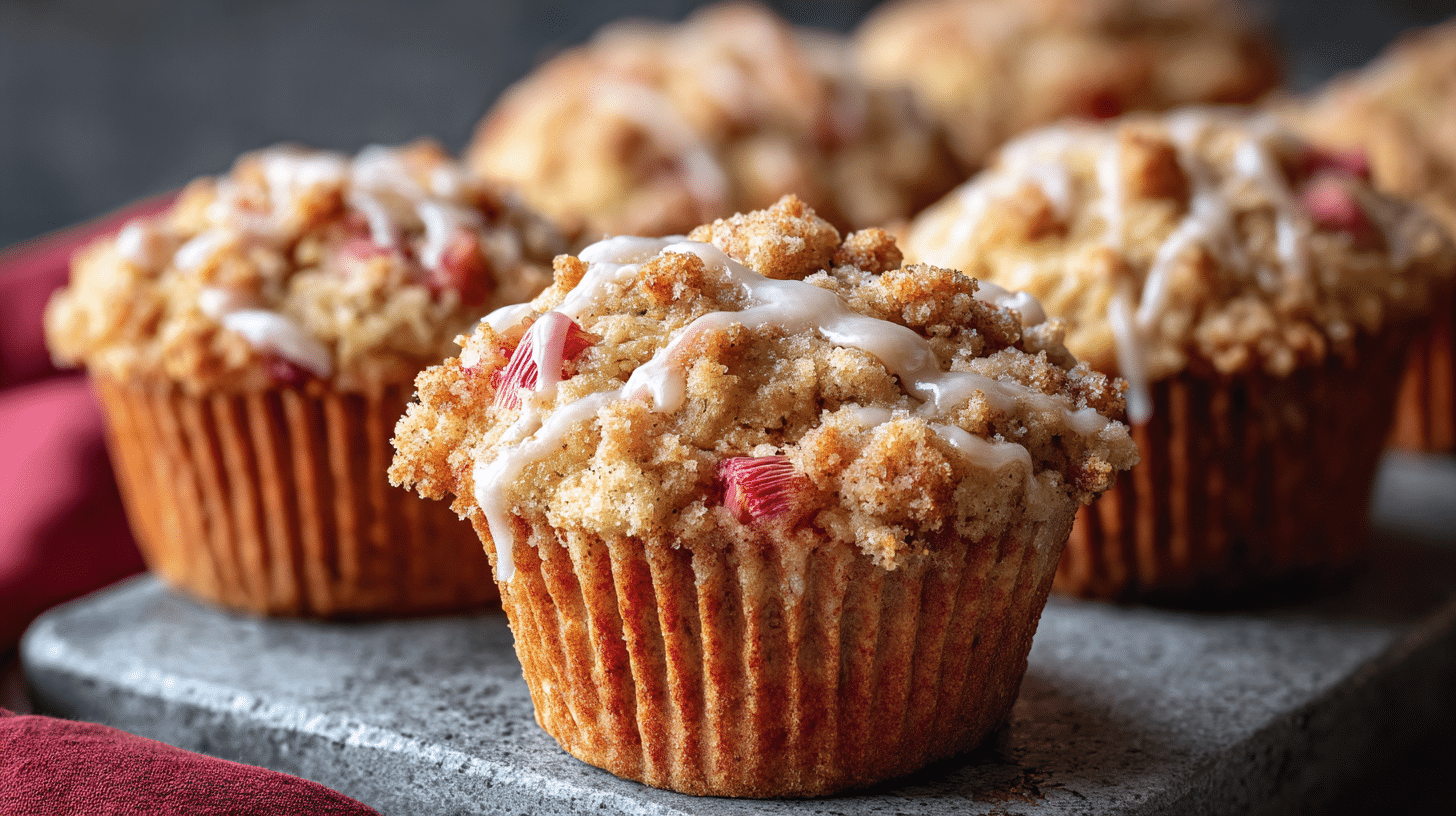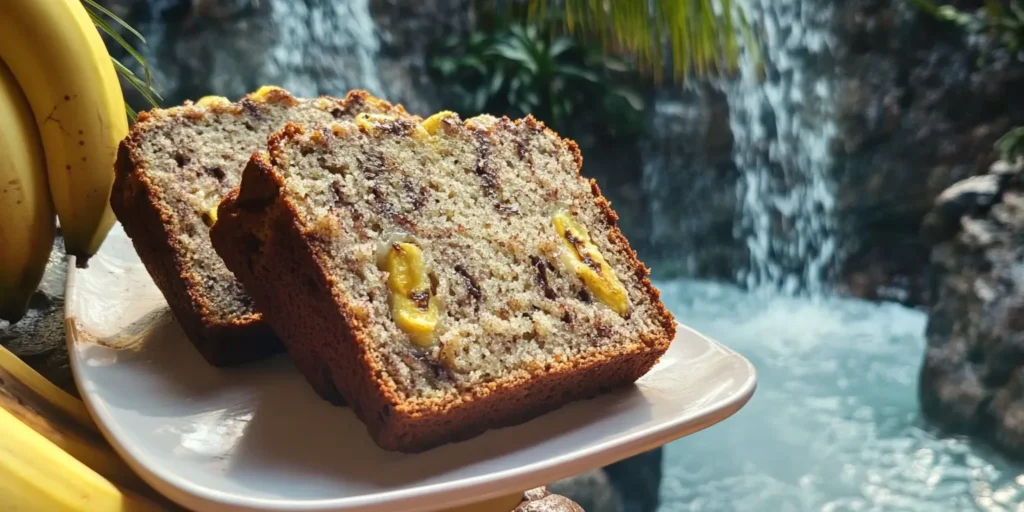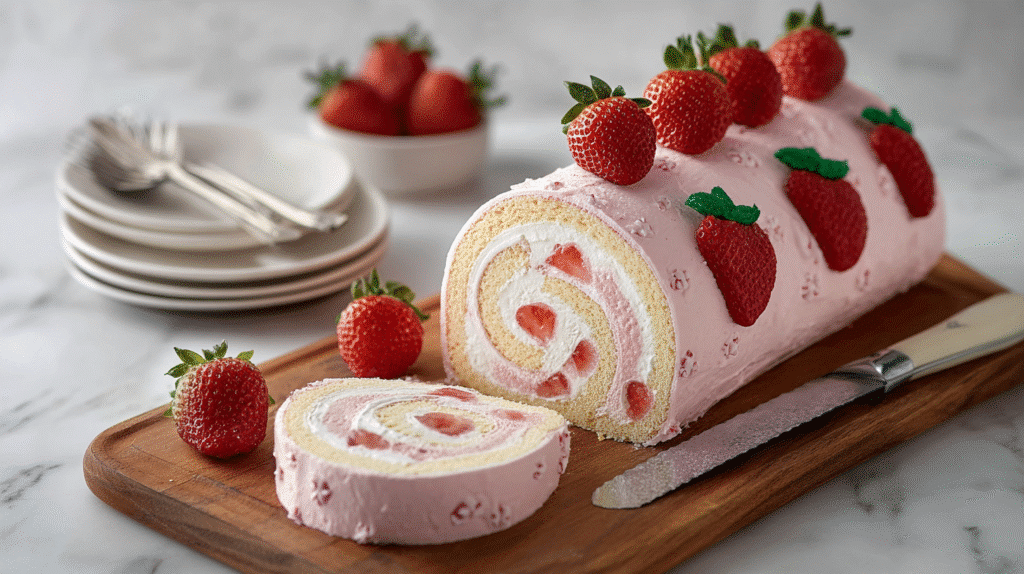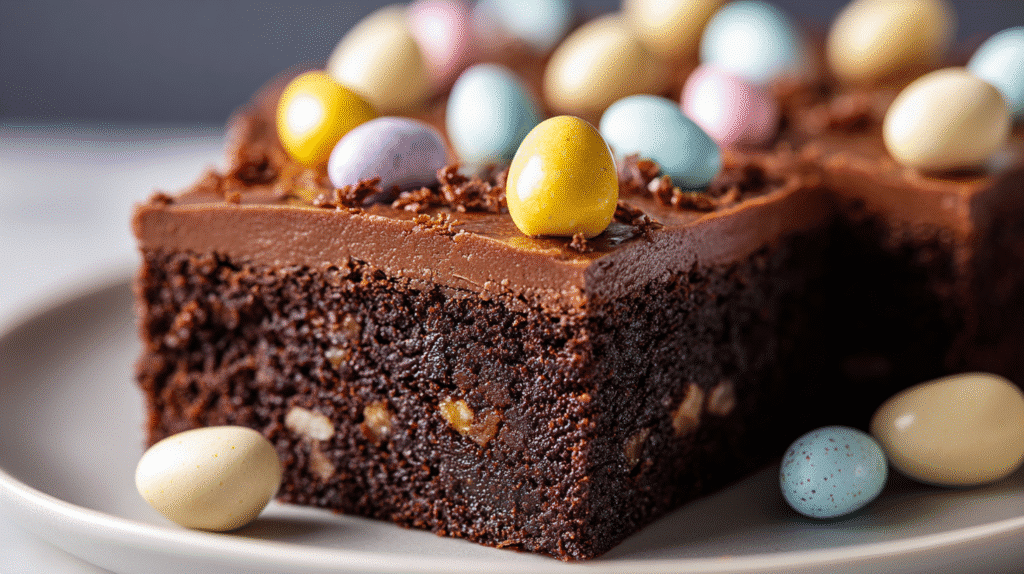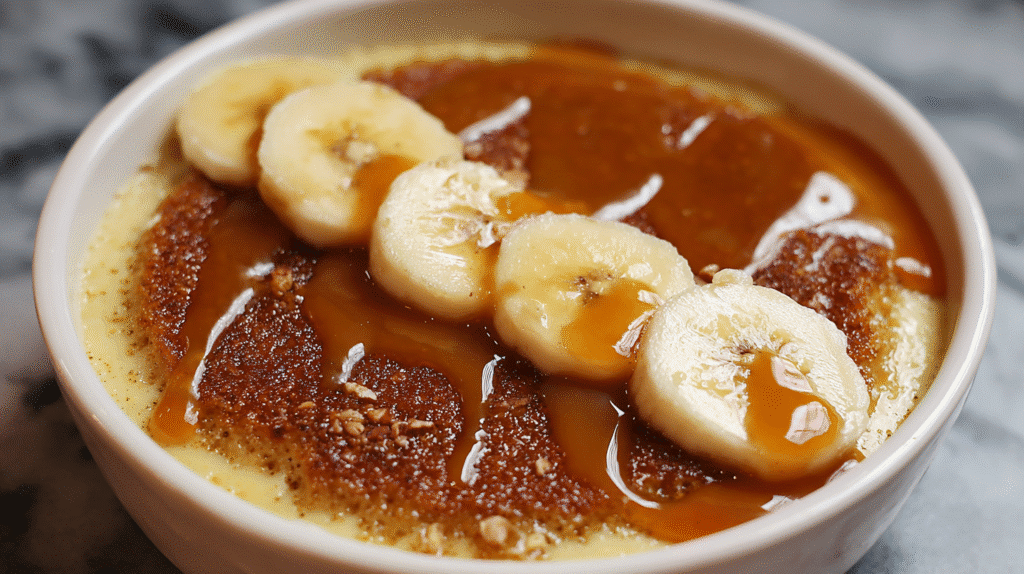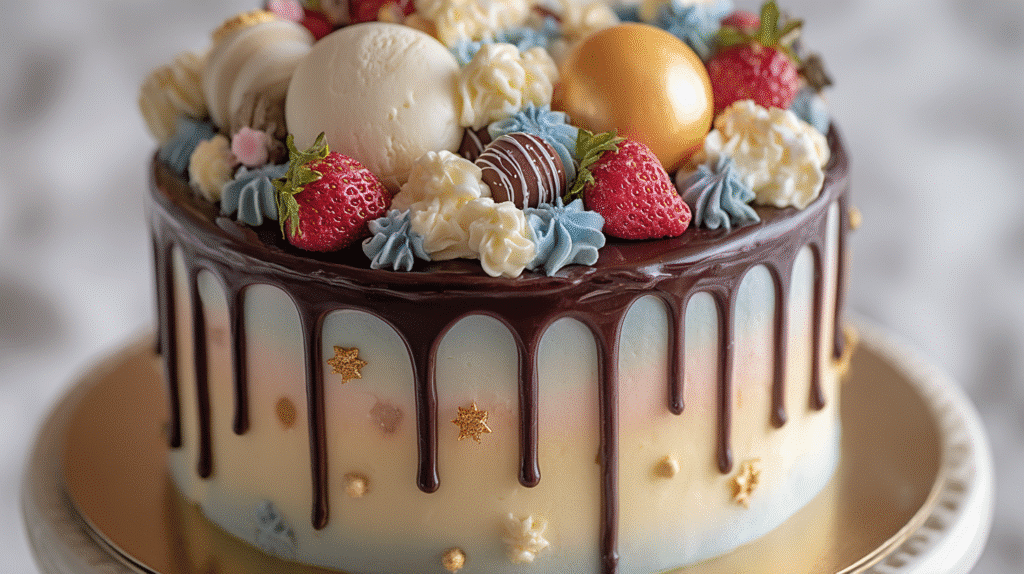Rhubarb Muffins: A Tangy-Sweet Delight Worth Baking
Who doesn’t love a moist, fluffy muffin bursting with fresh flavor? Now imagine that muffin studded with tart, pink-speckled gems that practically scream spring—yep, we’re talking about rhubarb muffins. If you’ve never tried baking with rhubarb, you’re in for a treat. This bright, veggie-turned-fruit (well, sort of) adds just the right kick of tanginess to sweet, buttery baked goods.
In this guide, we’re diving deep into everything rhubarb muffin-related: from what makes rhubarb tick in baking, to ingredient breakdowns, variations, pro tips, and even how to freeze them like a champ. Whether you’re a weekend baker or just rhubarb-curious, this article’s your all-in-one playbook to mastering these underrated breakfast gems.
🍓 What Are Rhubarb Muffins?
If banana bread had a sassier cousin, it’d be the rhubarb muffin. Light, fluffy, and sweet with a surprising tart edge, these muffins are like a burst of sunshine on a gloomy day. Rhubarb, often mistaken for a fruit (spoiler: it’s a vegetable!), brings a crisp, tangy punch that cuts through the richness of butter, sugar, or sour cream in the batter.
Picture this: warm muffins with ruby-red rhubarb chunks peeking through golden tops, maybe even with a crumbly streusel crown or a simple sugar sprinkle. Whether served fresh from the oven or enjoyed a day later with coffee, they’re the kind of treat that makes you want to bake just one more batch.
🌱 Why Rhubarb Makes a Perfect Muffin Ingredient
So what’s the big deal with rhubarb in muffins? Honestly, it’s a game-changer. While strawberries and blueberries often steal the muffin spotlight, rhubarb offers something unique—a bright, tart contrast that balances sweet batters beautifully.
Because it softens during baking but holds its shape, rhubarb brings texture, tang, and visual pop to every bite. When paired with spices like cinnamon or a touch of vanilla, the result is a complex, mouthwatering muffin that keeps you reaching for seconds.
🥣 Core Ingredients That Make Magic
The secret behind moist rhubarb muffins isn’t just the tangy rhubarb—it’s the harmony of simple pantry staples working together like a well-rehearsed band. Let’s break it down.
-
All-purpose flour: This is your structure guy. Some bakers like to toss in a bit of whole wheat for nuttiness, but keep it under 25% so your muffins don’t get heavy.
-
Sugar: Granulated white sugar is classic, but feel free to mix in light brown sugar for a touch of molasses richness. Rhubarb’s tartness plays so well with that hint of caramel.
-
Eggs: Two large eggs help bind and puff up the batter. Room temp, always!
-
Fat (Butter or Oil): Butter gives rich flavor, while oil (like canola or sunflower) keeps things extra soft. Some recipes even mix both for the best of both worlds.
-
Leaveners: A combo of baking powder and baking soda is common. The soda helps neutralize rhubarb’s acidity, giving your muffins just the right lift.
Now to the star of the show: rhubarb.
You can use fresh or frozen rhubarb. If using frozen, don’t thaw it—just toss the diced pieces with a little flour before folding them in. This keeps the muffins from getting soggy. Speaking of chopping: smaller chunks work best. Think blueberry-sized bits that won’t sink or clump.
By the way, if you’re curious whether rhubarb is safe raw (it is) or how to prepare it for baking, here’s a helpful resource on rhubarb’s nutrition and uses.
🍯 Flavor Enhancers & Toppings That Take It Up a Notch
Once you’ve nailed the basics, it’s time to elevate. Let’s talk about what turns basic rhubarb muffins into bakery-level stars.
-
Spices: A pinch of cinnamon or ground ginger adds warmth and depth, especially in chilly seasons.
-
Vanilla extract: Just a splash gives balance to rhubarb’s bright tang.
-
Yogurt, sour cream, or buttermilk: These aren’t just for flavor—they add incredible moisture and tenderness. Need help choosing? This comparison of buttermilk vs sour cream in baking is super helpful.
-
Nuts: Chopped pecans or walnuts add crunch and a hint of luxury.
-
Streusel topping: Don’t skip this if you love that bakery-style, crumbly finish. A quick mix of flour, sugar, butter, and a dash of cinnamon will do the trick.
-
Sprinkle of raw sugar: Right before baking, dust a little on top for that irresistible crunchy lid.
Mix and match based on your mood. Rhubarb plays nice with a lot more than you’d think—lemon zest, coconut, even a handful of raspberries for a sweet twist.
🧁 Classic Streusel Rhubarb Muffins
This is the version that’ll make your kitchen smell like a cozy café. It’s got that crumbly golden topping, soft and fluffy interior, and those telltale pink flecks of rhubarb throughout.
Why it works:
-
The base is sweet, but not overly sugary—perfect for rhubarb’s bold zing.
-
The streusel topping adds texture, flavor, and major visual appeal.
-
It’s super customizable—add chopped nuts, swap spices, or toss in a hint of orange zest.
To make the streusel, mix:
-
¼ cup flour
-
2 tbsp brown sugar
-
2 tbsp cold butter
-
Pinch of cinnamon
Rub together with your fingers or a fork until it’s crumbly—then scatter it generously over each muffin before baking.
🥛 Buttermilk or Yogurt-Based Rhubarb Muffins
Want your muffins ultra-moist with a soft, cake-like crumb? This is the variation for you. Buttermilk, Greek yogurt, or sour cream aren’t just delicious—they react with baking soda to help lift the muffins while keeping them tender and rich.
What’s the difference between them?
-
Buttermilk: Adds tanginess and gives muffins a lighter texture.
-
Yogurt: A bit thicker and creamier—great for dense, bakery-style muffins.
-
Sour cream: Offers the richest flavor and moistest crumb, but might be heavier.
And here’s the kicker—rhubarb LOVES these ingredients. Its acidity shines, but the dairy rounds it out so each bite feels smooth and balanced.
Need help deciding between these dairy options in baking? This article on buttermilk vs sour cream explains the differences beautifully with tips for substitution.
Pro tip: If using yogurt, go full-fat Greek for the best texture. Low-fat or nonfat options can make the batter too watery.
These two versions cover a huge range of taste buds—from those who love texture and crunch to those craving melt-in-your-mouth softness. But don’t worry, we’re not stopping here. In the next part, we’ll walk you through exactly how to bake rhubarb muffins step by step—no stress, no guesswork.
🥄 Preparation & Measuring Tips
First things first—get everything prepped and ready before you start mixing. Trust us, it makes the whole process smoother.
-
Measure accurately. Use the scoop-and-level method for flour: spoon it into the cup, then level it off with a knife. No packing!
-
Toss chopped rhubarb with a tablespoon of flour. Why? It helps prevent the fruit from sinking to the bottom of your muffins.
-
Use room temperature eggs and dairy. They mix better and give a fluffier texture.
-
Preheat your oven to 375°F (190°C). Let it get hot while you mix—no shortcuts here!
-
Oh, and line your muffin tin or grease it well—nobody likes muffins stuck in the pan.
🔄 Mixing & Avoiding Overmixing
This is where the muffin magic can go wonky if you’re not careful. Overmixing your batter = tough muffins. And nobody wants that.
In one bowl, whisk together your dry ingredients: flour, sugar, baking powder, baking soda, salt, spices.
In another bowl, beat together your wet ingredients: eggs, oil or butter, yogurt/buttermilk, and vanilla extract.
Now, pour the wet into the dry and stir gently. Fold in the rhubarb pieces just until combined. It’s okay if the batter looks a little lumpy—smooth batter = overmixed batter.
Use a silicone spatula or wooden spoon, and stop mixing the moment the dry streaks vanish. You’re not making cake batter!
🔥 Baking & Testing Doneness
Time to get those beauties in the oven!
Scoop the batter evenly into your muffin tin—about ¾ full. A large cookie scoop works great for uniform muffins.
If using streusel topping or sprinkling sugar on top, now’s the moment to do it.
Bake for 18–22 minutes. Start checking at the 18-minute mark.
Here’s the test: Insert a toothpick into the center of a muffin. If it comes out with a few moist crumbs (but no wet batter), you’re golden. The tops should spring back lightly when touched.
Every oven is a bit quirky, so watch closely near the end. Some batches may need an extra minute or two.
❄️ Cooling & Storage
Once baked, let your muffins rest in the pan for about 5 minutes. Then, transfer them to a wire rack to cool completely. This keeps the bottoms from going soggy.
Want to freeze rhubarb muffins for later? Totally doable. Just let them cool completely, wrap each in plastic wrap or foil, then pop into a freezer bag. They’ll stay fresh for up to 3 months.
🧾 Approximate Nutrition Profile
Now, this will vary depending on your ingredients—especially if you’re adding streusel or subbing in sour cream—but here’s a ballpark estimate for a standard-sized muffin (based on a 12-muffin batch):
-
Calories: 180–220
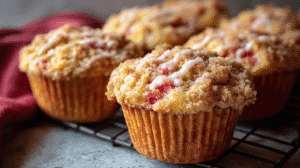
-
Fat: 8–11g
-
Carbs: 25–30g
-
Sugar: 10–14g
-
Fiber: 1–2g
-
Protein: 3–5g
Thanks to rhubarb being naturally low in calories and sugar, it doesn’t hijack the health factor. In fact, it brings a dose of fiber, vitamin K, and antioxidants to the table—bonus! Curious about what else rhubarb has going on nutritionally? This breakdown on rhubarb’s health benefits is short, sweet, and super helpful.
🥗 Healthy & Dietary Swaps
Trying to make your muffins a little more weekday-friendly? Here are some easy substitutions that cut calories and sugar without sacrificing texture:
-
Flour: Sub half the all-purpose flour with whole wheat pastry flour for added fiber and a nuttier flavor.
-
Sugar: Reduce by ¼ cup or swap in coconut sugar or a drizzle of maple syrup for a more natural sweetness.
-
Fat: Replace half the oil with unsweetened applesauce to cut fat while keeping moisture.
-
Dairy-free: Use almond milk or oat milk plus lemon juice in place of buttermilk. Coconut yogurt also works great in place of Greek yogurt.
-
Egg-free: A flax egg (1 tbsp ground flax + 3 tbsp water) can stand in for eggs if needed.
And if you’re gluten-free? No stress! A 1:1 gluten-free baking blend usually works beautifully. Just be sure to include that toss-in-flour trick for the rhubarb so it doesn’t sink.
These tweaks make it totally possible to enjoy healthy rhubarb muffins that still taste like a treat. So go ahead—have two!
🛠️ Troubleshooting & Pro Tips
So, you’ve followed the recipe to the letter, but your rhubarb muffins didn’t quite turn out like those dreamy Pinterest pics? No worries—we’ve all been there. Let’s walk through some common mishaps and how to fix them next time, plus a few insider secrets to take your muffins from good to bakery-level awesome.
Common Problems & Easy Fixes
1. Muffins are too dry
This usually happens when they’re overbaked or the batter’s too thick.
-
Start checking for doneness 2 minutes earlier than the recipe suggests.
-
Don’t overmix the batter—it toughens the crumb.
-
Try adding a moisture boost next time with buttermilk or Greek yogurt (remember, we talked about that magic earlier!).
2. Rhubarb sank to the bottom
All your rhubarb ends up at the muffin base? Not ideal.
-
Toss chopped rhubarb in a tablespoon of flour before folding it into the batter.
-
Avoid overmixing—the smoother the batter, the easier it is for heavy bits to drop.
3. Muffins are too dense or gummy
Could be underbaking or too much liquid.
-
Use the toothpick test.
-
Ensure wet and dry ingredients are balanced, especially with swaps like applesauce or yogurt.
Pro Baker Tips You’ll Wish You Knew Sooner
-
Use an ice cream scoop to fill muffin cups evenly. It’s satisfying and ensures uniform muffins.
-
Don’t skip the resting time. Let your batter sit for 10–15 minutes, especially with whole wheat or gluten-free flour.
-
Line your tins or use parchment tulip cups—they help prevent sticking and look professional.
-
Add chopped nuts or oats to your streusel topping for extra crunch.
-
Rotate the muffin tray halfway through baking for even browning.
And finally—don’t be afraid to experiment! Rhubarb is super versatile. Mix it with strawberries, a hint of orange zest, or a dash of cardamom for something unexpected but delicious.
❄️ Frequently Asked Questions (FAQs)
Can I use frozen rhubarb instead of fresh?
Absolutely! Frozen rhubarb works just as well as fresh in muffins. The key? Don’t thaw it before using. Toss it with a bit of flour and fold it in while still frozen to prevent soggy muffins. Want to master freezing fruit? Check out this expert guide on how to freeze fruit properly.
How do I keep muffins from drying out?
Use moisture-rich ingredients like sour cream, buttermilk, or Greek yogurt. Don’t overbake and store cooled muffins in an airtight container. For extra freshness, pop a slice of bread in with them to lock in moisture.
Can I make rhubarb muffins gluten-free?
Definitely! Use a quality 1:1 gluten-free baking flour with xanthan gum. Gluten-free batters may need a longer rest before baking (10–15 minutes) for best texture.
What’s the best way to store and freeze rhubarb muffins?
Store at room temperature for up to 3 days in an airtight container. For freezing, cool completely, wrap individually, and freeze up to 2–3 months. Reheat gently or thaw overnight in the fridge.
Can rhubarb muffins be healthy?
Yes! Use whole wheat flour, Greek yogurt or applesauce for moisture, and natural sweeteners like honey or coconut sugar to make your muffins healthier without losing flavor.
Conclusion
Now you’re fully equipped to bake the perfect rhubarb muffins—moist, fluffy, tangy, and totally irresistible. Whether you stick to classic streusel tops, try out buttermilk-based recipes, or experiment with healthy swaps, these muffins make breakfast or snack time a celebration. Don’t forget to share your baking adventures and variations—you might just inspire someone else to fall in love with rhubarb!

